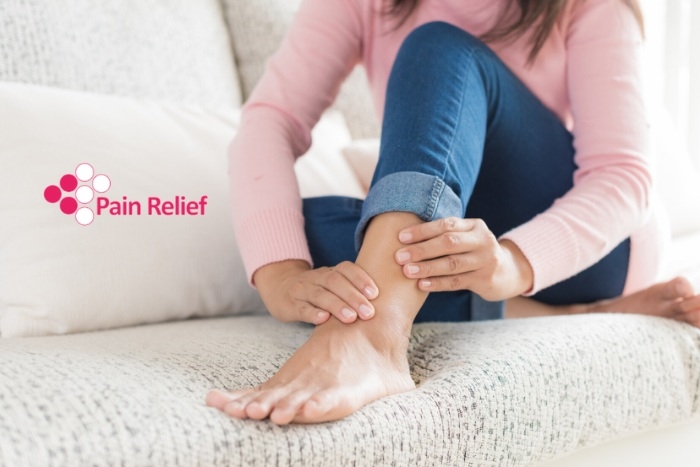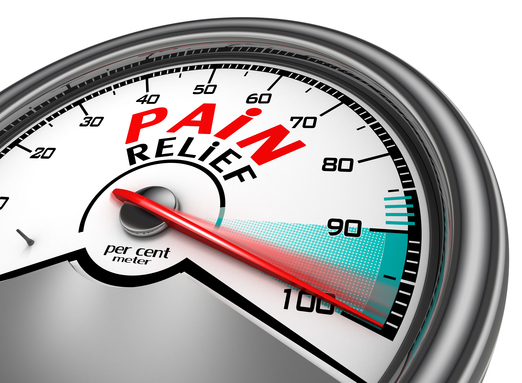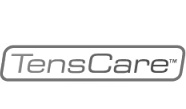You have no items in your shopping cart.
Why LLLT is the Most Cost-Effective Treatment for Fibromyalgia

Sometimes referred to as the “invisible illness,” many people all around the world have Fibromyalgia and don’t even realize it. Fibromyalgia is a condition that often leaves the sufferer experiencing chronic pain, anxiety, depression, fatigue, and nausea. While not much is known about the condition or how to cure it, there are a few treatment methods that seem to have an effect in helping to manage the pain associated with the condition.
Low-level laser treatment (LLLT) is quickly becoming a popular treatment for many conditions, Fibromyalgia being one of them. While devices, such as the Handy Cure laser, appear to be pricey, they are actually one of the most cost-effective treatments for Fibromyalgia. Keep reading to learn more about different treatment methods.
Treatments for Fibromyalgia
Pain Medication or Antidepressants: Muscle pain and tender joints are the two most common symptoms of Fibromyalgia, so pain medication is often prescribed. Anxiety and depression are also very common, which is why antidepressants are also prescribed to those people with this condition. If these medications are taken often, tolerance to the drugs may occur, and can result in a stronger dosage.
Pain medication and antidepressants can be expensive, especially if you don’t have insurance to help cover the cost, or you have to repurchase prescriptions often. The medications don’t always work as well, resulting in having to switch prescriptions in order to find one that does. Also, many people don’t like taking pills or experience negative side-effects to the medication.
Physiotherapy: Physiotherapy is sometimes used to treat Fibromyalgia to help with managing the pain and stiffness associated with the condition. This will require you to visit a physiotherapist, which can be both time-consuming and expensive, especially if you need to book appointments frequently. Your physiotherapist will go over the proper ways to stretch painful muscles in order to get optimal relief, though this will be temporary and you will need to continue treatments.
Acupuncture: Acupuncture triggers and soothes muscles and nerves by using tiny needles to alleviate pain. While many find acupuncture an effective treatment for treating Fibromyalgia pain, this is just a temporary treatment and will need to be administered on a regular basis in order for the results to continue. Acupuncture is an expensive option and sessions are time-consuming as well.
LLLT: Low-level laser therapy (LLLT) is used by medical professionals in clinics, and has recently become available for at-home use. Devices such as the Handy Cure are available for purchase which can help treat multiple pain-related conditions and injuries. The Handy Cure combines 4 different energies which target pain deep into the tissue, aid in reducing swelling and increase microcirculation to promote quicker healing. LLLT is non-invasive, has no side-effects, and is risk-free, which is why more and more people are using it to relieve their Fibromyalgia-related pain.
While the Handy Cure laser can be pricey (currently retails around $675), you only have to pay for it once, and then it's yours forever. You can use it on a daily basis, as many times as you wish to help manage the pain. Most people noticed results after using the at-home laser 3 times daily for 4 weeks. LLLT can be used by itself with effective results, or combined with other treatments to speed up recovery time.
Exercise: While many people with Fibromyalgia dread doing anything physical because they are afraid of making the pain worse, physical activity is actually very beneficial for treating the pain. Exercises such as yoga and aerobics are light exercises that won’t cause any additional pain, and stretch tense muscles. Exercise releases endorphins, which act like natural pain-killers, and can improve one’s mood, which helps not only treat pain, but fatigue, depression, and anxiety as well.
While gym or yoga memberships can be expensive, you can always take a few classes and then continue on your own at home for free. You can also find exercise routines online to help give you inspiration. Many people found that combining LLLT with exercise helped make a difference with their pain treatment and speed up their recovery time.


















































































































































 Default Store View
Default Store View  New Theme
New Theme